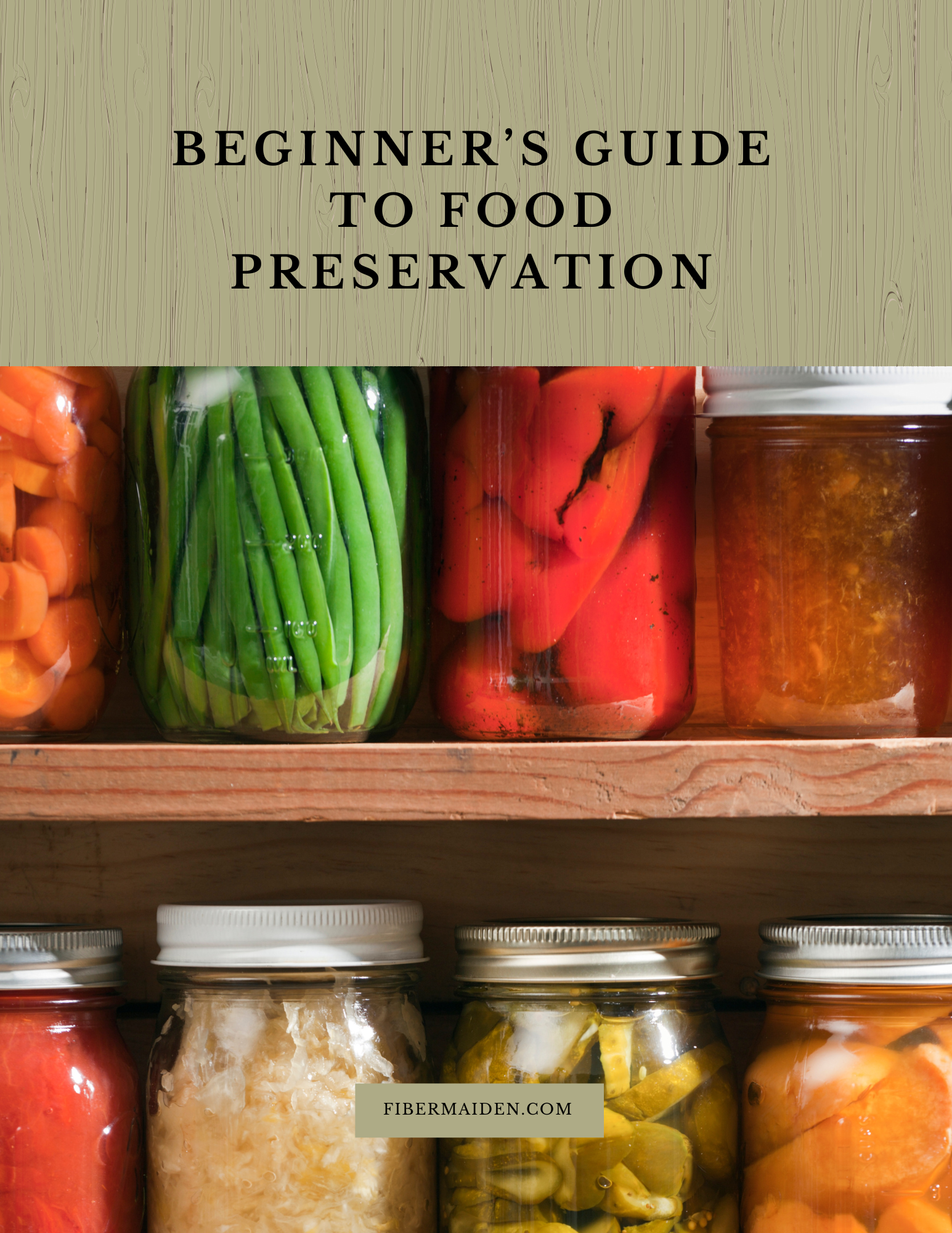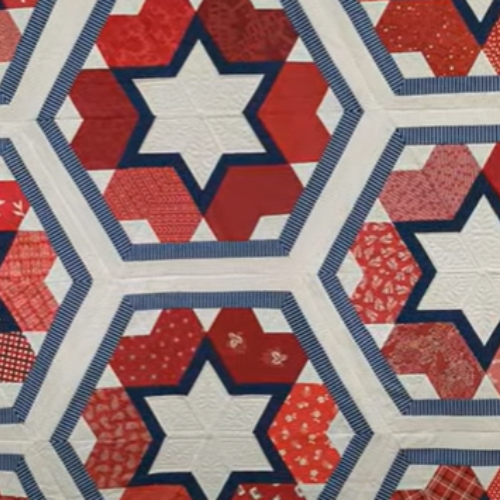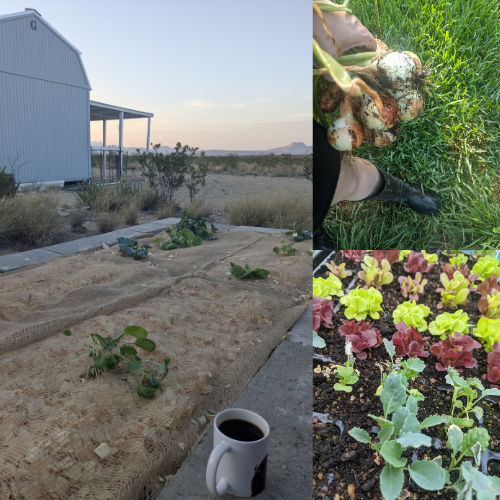Watering with Ollas: The Ancient Desert Gardening Secret
What Is an Olla?
An olla (pronounced OY-yah) is an unglazed clay pot that's buried in the soil and filled with water. The water slowly seeps out through the porous clay, delivering moisture directly to plant roots. This ancient irrigation method has been used for thousands of years in arid regions around the world, from the southwestern United States to Mediterranean countries.
The beauty of olla watering lies in its simplicity. These ceramic vessels work with natural physics, the clay's porosity allows water to migrate through tiny pores in response to soil moisture levels. When soil around the olla becomes dry, water seeps out faster. When soil retains adequate moisture, the flow slows down naturally.
Why Use Ollas in Desert Gardening?
Desert gardening presents unique challenges that make traditional watering methods inefficient and stressful for plants. Ollas address these problems with remarkable effectiveness:
Extreme Water Efficiency: Olla irrigation systems use up to 70% less water than overhead sprinklers or even drip irrigation. In desert climates where water conservation is critical, this efficiency translates to significant savings on water usage and reduced environmental impact.
Deep Root Development: Plants naturally grow roots toward consistent water sources. With ollas buried 12-18 inches deep, vegetables and flowers develop deeper, more extensive root systems that anchor them better against desert winds and help them access nutrients from lower soil layers.
Reduced Plant Stress: Unlike surface watering that creates wet-dry cycles, ollas provide steady, gradual hydration. This consistent moisture eliminates the shock plants experience when transitioning from drought to flood conditions.
Natural Weed Suppression: Since water doesn't reach the soil surface through olla systems, fewer weed seeds receive the moisture they need to germinate. This means less time spent pulling weeds and more time enjoying your garden.
Low Maintenance Watering: Instead of daily watering sessions in extreme heat, you simply refill ollas every 3-7 days depending on plant size, soil type, and weather conditions.
Get The Guide
Stop second-guessing every step of your food preservation projects. This guide walks you through method selection, safety basics, and how to fix things when they don't go according to plan so you can preserve with confidence instead of crossed fingers.
Disclosure
Some links on FiberMaiden are affiliate links. When you click and purchase, I may earn a small commission at no extra cost to you. I partner only with brands and tools I trust and use in my own kitchen, studio, and garden. Your support means a lot.
How to Install Ollas in Raised Beds
Setting up an olla system in raised beds requires careful planning but delivers outstanding results:
Strategic Placement: Space ollas 18-24 inches apart for optimal coverage. Each olla typically waters a 3-foot diameter circle. In my 4x8 raised bed, I use three large ollas spaced 18 inches apart and positioned in a straight line to ensure even moisture distribution throughout the growing area.
Plant Placement: I positioned four plants around each olla, one at each "corner" of the moisture zone to ensure adequate access to the olla water system. This spacing maximizes water efficiency while giving each plant sufficient growing space.
Proper Burial Technique: I positioned them neck deep in the soil. The buried portion should sit firmly in the soil with good contact between clay and earth. Pack soil gently around the olla to eliminate air pockets that could reduce water flow.
Efficient Filling Methods: I am currently using a siphon hose with water bucket to fill all of them as I do not have access to pressurized water hose currently. This method works well for filling multiple ollas efficiently. You can also use a long-necked funnel or watering can with a narrow spout to fill ollas without splashing. Fill slowly to prevent overflow and waste. My large ollas so far are going over five days in 95 plus degree weather before needing to be refilled.
Essential Covering: Always cover ollas with clay saucers, flat stones, or purpose-made lids. Uncovered ollas lose significant water to evaporation and become breeding grounds for mosquitoes. My large ollas came with a large heavy cover made to fit over the top of the ollas. Alternatively, you can use clay saucers from large plant pots, which fit perfectly and blend with the garden aesthetic.
Mulching for Success: Apply 3-4 inches of organic mulch around ollas and throughout the bed. Pine shavings, straw, or shredded bark help retain soil moisture, keep surface temperatures cooler, and further reduce evaporation. In a desert environment I also recommend a burlap cover over your mulch to keep it in place.
Olla Longevity and Maintenance
Quality ollas represent a long-term investment in your garden's success. With proper care, these clay vessels can serve your garden for many seasons:
Expected Lifespan: Well-made ollas typically last 3-5 years with regular use. Handmade pottery often lasts longer than mass-produced versions due to superior clay quality and firing techniques.
Seasonal Maintenance: Clean ollas annually by scrubbing with a mixture of white vinegar and water to remove mineral deposits that can clog pores. Use a bottle brush to reach inside narrow-necked ollas.
Winter Protection: Clay expands when water freezes, causing cracks that render ollas useless. In climates with freezing temperatures, empty and store ollas indoors during winter months. This extra step ensures they'll be ready for the next growing season.
Repair Possibilities: Small cracks can sometimes be sealed with food-grade epoxy, but replacement is usually more cost-effective than repair attempts.
Where to Source Quality Ollas
Finding the right ollas for your garden involves choosing between commercial suppliers and DIY options:
Commercial Sources: Lehman's offers traditional ollas in multiple sizes, from small containers perfect for herb gardens to large vessels suitable for tomato plants. Their ollas feature authentic designs and reliable construction that performs consistently in desert conditions.
Local Options: Many nurseries and pottery studios carry handmade ollas, especially in southwestern states. These artisan pieces often feature superior craftsmanship and unique designs that add aesthetic value to your garden.
DIY Alternative: Create homemade ollas by joining two unglazed terracotta pots with waterproof ceramic adhesive. Seal the drainage holes and create a small opening for filling. While less refined than commercial versions, DIY ollas function effectively and cost significantly less.
Real-World Results from My Desert Garden
In my Terlingua raised bed garden, the olla system has transformed how I approach desert gardening. Three strategically placed ollas keep my 32-square-foot bed consistently moist even during 115-degree summer days.
Water Usage and Future Plans: I built my raised beds with ollas as the primary watering system from the start. I do plan on adding drip irrigation under the soil line for supplemental watering during the summer gardening season. This combination approach should provide even more consistent moisture during the most challenging desert conditions.
Plant Performance: My brassicas have made it through these last two hot weeks of the summer with minimal distress. I credit this directly to my implementation of ollas from the start. The consistent moisture delivery allows heat-sensitive crops to thrive even during extreme desert conditions when they would typically struggle or bolt.
Time Savings: Instead of 30 minutes daily adjusting drip lines and monitoring moisture levels, I spend 10 minutes once every five days refilling ollas. This time savings allows me to focus on other garden tasks like pruning, harvesting, and pest management.
Optimizing Your Olla System
Plant Selection: Choose varieties that benefit most from consistent moisture. Root vegetables, tomatoes, peppers, and leafy greens respond exceptionally well to olla irrigation. Drought-tolerant plants like rosemary or lavender may actually prefer traditional watering methods.
Soil Amendments: Clay-heavy soils may impede water flow from ollas, while sandy soils allow too-rapid drainage. Amend soil with compost to achieve the ideal balance that allows steady moisture migration without waterlogging.
Seasonal Adjustments: Monitor refill frequency as temperatures and plant growth change throughout the season. Spring installations may need refilling every 5-7 days, while peak summer heat requires every 2-3 days.
Get 3 Free Recipe Sheets
Ready for recipes that don't require a culinary degree to follow? Get seasonal recipe sheets designed for real kitchens and busy lives, the kind that work even when your kids are asking for snacks mid-prep.
Troubleshooting Common Issues
Slow Water Flow: If water isn't seeping from your olla, check for clogged pores caused by mineral buildup or algae growth. Clean with diluted vinegar and scrub gently with a soft brush.
Rapid Water Depletion: Ollas that empty too quickly may indicate extremely sandy soil, damaged clay, or inadequate mulching. Address soil structure first, then verify olla integrity.
Uneven Plant Growth: Plants growing poorly near ollas may be receiving too much water, while distant plants show drought stress. Adjust olla and or plant placement for better coverage.
Final Thoughts on Desert Gardening Success
Olla irrigation represents one of the most effective water conservation strategies available to desert gardeners. This ancient technology addresses the fundamental challenge of maintaining consistent soil moisture while minimizing water waste in arid climates.
The initial investment in quality ollas pays dividends through reduced water usage, healthier plants, and dramatically decreased maintenance time. For gardeners serious about sustainable desert agriculture, ollas aren't just helpful, they're essential.
Whether you're establishing your first raised bed or upgrading an existing garden, incorporating olla irrigation will revolutionize your growing success. The combination of water efficiency, plant health benefits, and reduced labor makes this ancient technique perfectly suited for modern desert gardening challenges.













